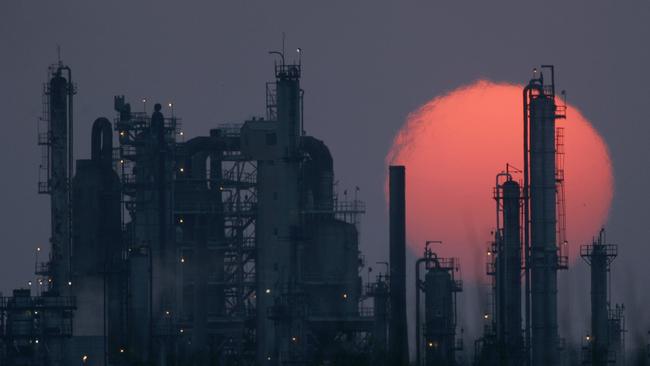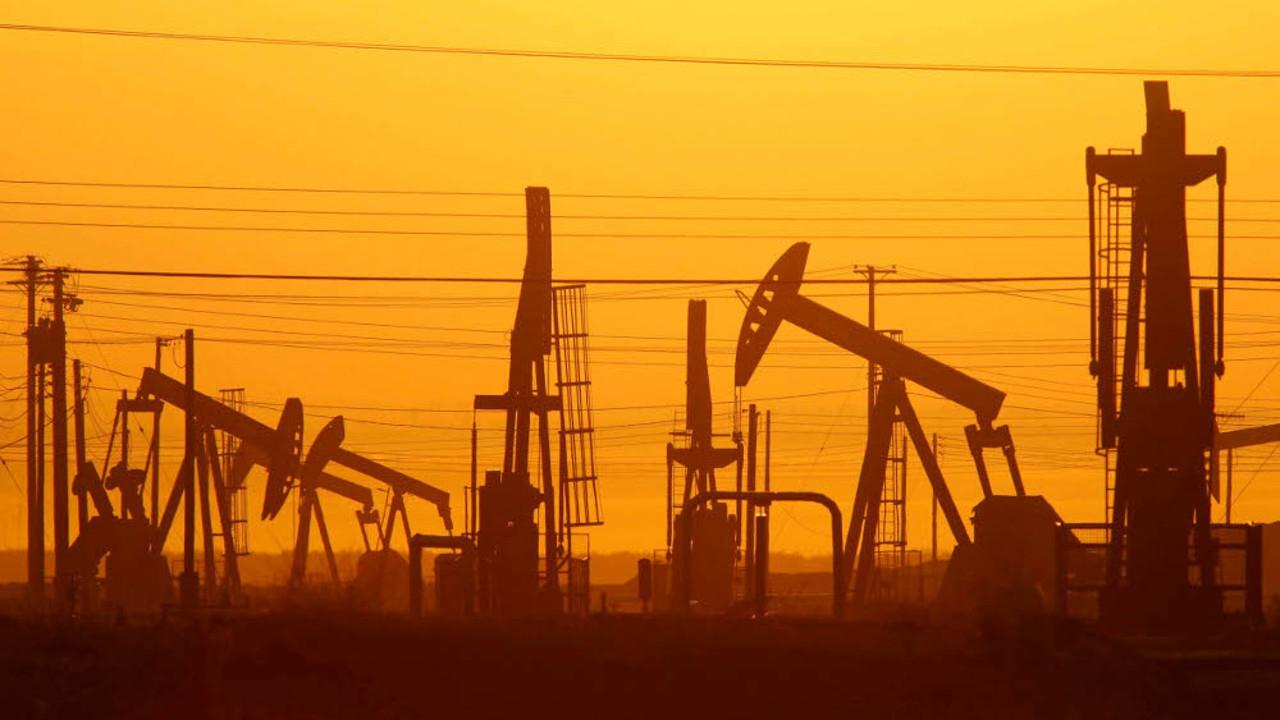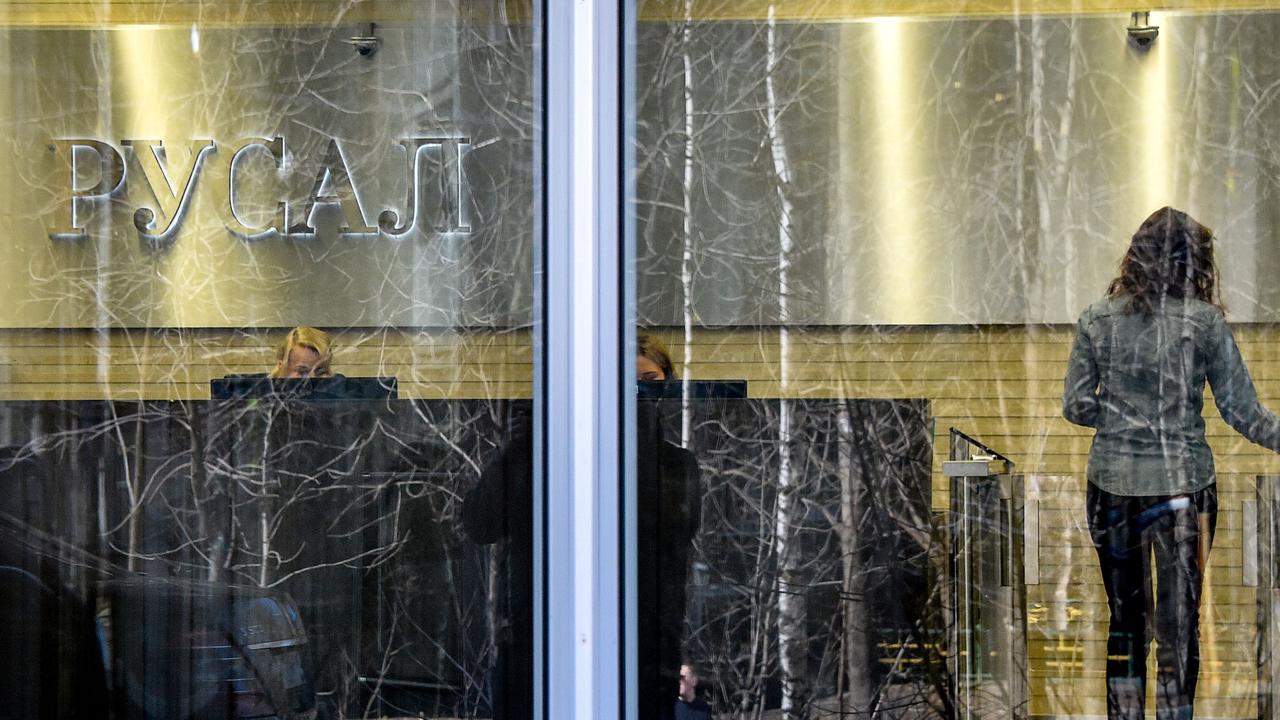A soft ceiling could help ease Saudi Arabia’s oil dilemma
If Saudi Arabia wants to make the most of the planned Aramco IPO, it needs to regain some control over oil prices.

A key to any kind of agreement that caps OPEC’s production is obviously the Saudis and it may be that last month’s appointment of a new oil minister, Khalid Al-Falih, has sparked speculation of another attempt at an agreement that members failed to reach in Doha in April.
The other big player in the discussions will be Iran, which is adamant it won’t sign off on any deal until its production returns to pre-sanction levels. Its oil minister, Bijan Namdar Zanganeh, restated that position on his arrival in Vienna yesterday.
If the objective is to reassert the relevance of OPEC (albeit at a diminished level) rather than to have any meaningful near-term impact on oil prices, however, there is probably a way to satisfy both the Saudis and their bitter rivals in Tehran and to offer some prospect of medium-term relief to the smaller OPEC members that have been destabilised by the plunge in prices since 2014.
With Saudi output at record levels and Iranian production returning to its pre-sanction levels at a surprising rate, OPEC has, despite some supply interruptions, being producing at record levels of about 32 million barrels a day. That’s well above the 30 million barrels a day notional ceiling that OPEC abandoned last December.
Iran’s production is variously estimated at between about 3.6 million and 3.8 million barrels a day — it is rapidly closing in on the 4 million barrels a day output of the pre-sanctions era.
The obvious compromise for both the Saudis and Iran, which wouldn’t derail the Saudi market share strategy that has spread so much pain through the sector, is to reintroduce a production ceiling but set it at a level that provide scope for Iran to achieve its objective.
That may explain why there have been suggestions of a cap of 32 million to 32.5 million barrels. If the objectives of the discussions are diplomacy and maintaining OPEC’s relevance, it is largely irrelevant whether the cap is 32 million or 33 million barrels a day.
Over time, given that demand continues to rise by about 1.5 million barrels a day each year and that the supply-side will inevitably be impacted over the longer term (and already is to some degree) by the dramatic cut backs in oil industry exploration and investment, OPEC would gradually regain relevance and some larger degree of influence over the market.
The Saudis precipitated the market share war, largely to try to undermine the US shale oil sector that was booming when oil prices were above $US100 a barrel but also with an eye to the thawing of US relations with its own regional rival Iran, the eventual lifting of sanctions and the return of Iran as a major producer.
The war on shale has only been modestly successful in driving down production from the US, the Saudis biggest customer. Radical improvements in costs and technology have offset the very significant reductions in drilling in the US, containing the fall in US production to a mid-single digit percentage.
As BHP Billiton’s Andrew Mackenzie said recently, even the mothballed reserves in the better onshore US basins could produce “competitive” returns at sub-$US60 a barrel prices, so there is a meaningful pool of latent production that would re-enter the market if the price were to continue to edge up from its current levels of just under $US50 a barrel.
The unexpected resilience and dynamism of the bigger US producers means that any hope that a short and sharp volume-driven price war would enable the Saudi-led OPEC to reassert its authority over the oil market disappeared quite some time ago.
It has turned into a costly war of attrition that has hurt the weaker OPEC members, including Russia, and has forced the Saudis themselves to liquidate big slabs of their vast investment reserves to fund budget deficits.
It also appears to have caused, or at least coincided with, an appraisal by the Saudis themselves of the vulnerability created by their near-total reliance on oil. While demand for oil keep increasing, and most agencies expect it to continue to rise over the next couple of decades, its share of the world energy market is diminishing as the response to climate change and improvements in energy efficiency continue to ratchet up.
Crown Prince Mohammed bin Salman surprised everyone earlier this year when he outlined am ambition to float at least part of the state-owned Aramco, the world’s largest oil exporter and the core of the current Saudi economy.
He subsequently elaborated on his plan, saying transferring shares in an Aramco still largely owned by the kingdom to an investment fund would be part of a 20-year plan to turn Aramco into an industrial conglomerate and use the investment fund to end Saudi Arabia’s dependence on oil.
That long-term strategy could start as early as next year, with the selldown of a minor interest in Aramco to investors.
That creates some delicate tensions for the Saudis and the prince, whose influence over Saudi oil policy was very evident in the outcome, or lack of it, at Doha.
To get some sort of return on their two-year market share war, the Saudis need to keep the oil price below the levels that would see a near-term resurgence in non-OPEC oil production, most particularly from the US.
If it wants to maximise the value it achieves from an initial public offering of even a small slice of Aramco, however, it would probably want the oil price to trade at somewhat higher levels than it does today.
Equity market investors have much shorter time horizons than the decades the prince has been talking about — Aramco will be valued mainly on the basis of the expected oil prices over the next couple of years and, as the biggest player in the market, its perceived ability to finesse the relationships between prices and volumes.
It would make strategic and tactical sense, therefore, for the Saudis to try to create a pathway that will eventually enable OPEC to regain some influence over prices and, while creating some headroom for Iranian production to continue to rise, use the steady increase in demand to help edge prices up over the next 12 months or so without triggering a new surge in non-OPEC production.
A loose ceiling around or somewhat above current production levels might be a mechanism for achieving those objectives, although ultimately the Saudis could, if they wished, probably achieve their objectives independently of any OPEC agreement by simply finetuning their own production volumes.
In the absence of a “hard” cap on OPEC production below current levels, it is unlikely the oil price is going to rise significantly above where it at now and there is little, if any, prospect of such a cap being agreed in the near term. A “soft” ceiling, however, might be a small step towards a return of OPEC to the kind of co-ordinated activity that has in the past put a floor under the price.




In the lead-up to tonight’s OPEC meeting in Vienna there is strong speculation that its members will introduce a ceiling on their production. Even if they did, it would be unlikely to see a return to oil prices at the levels that prevailed before Saudi Arabia decided to launch a war for market share.